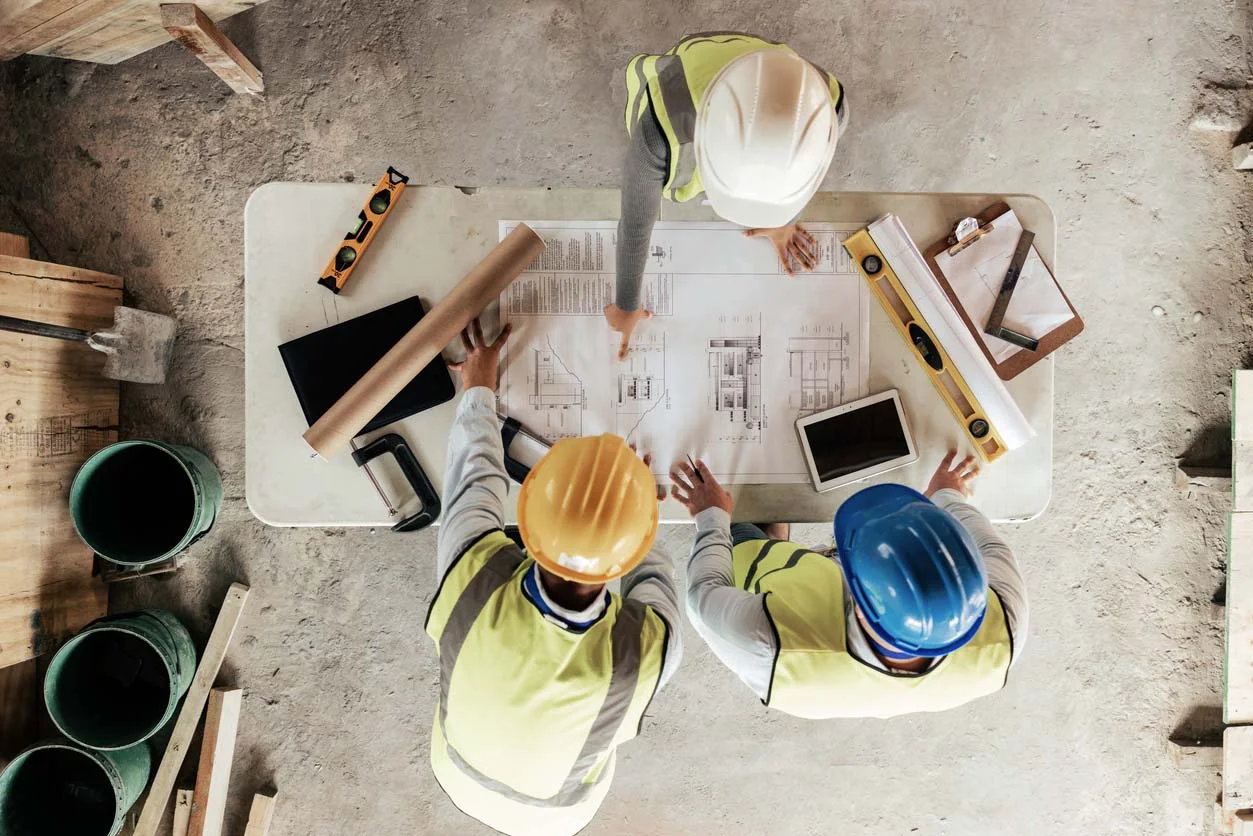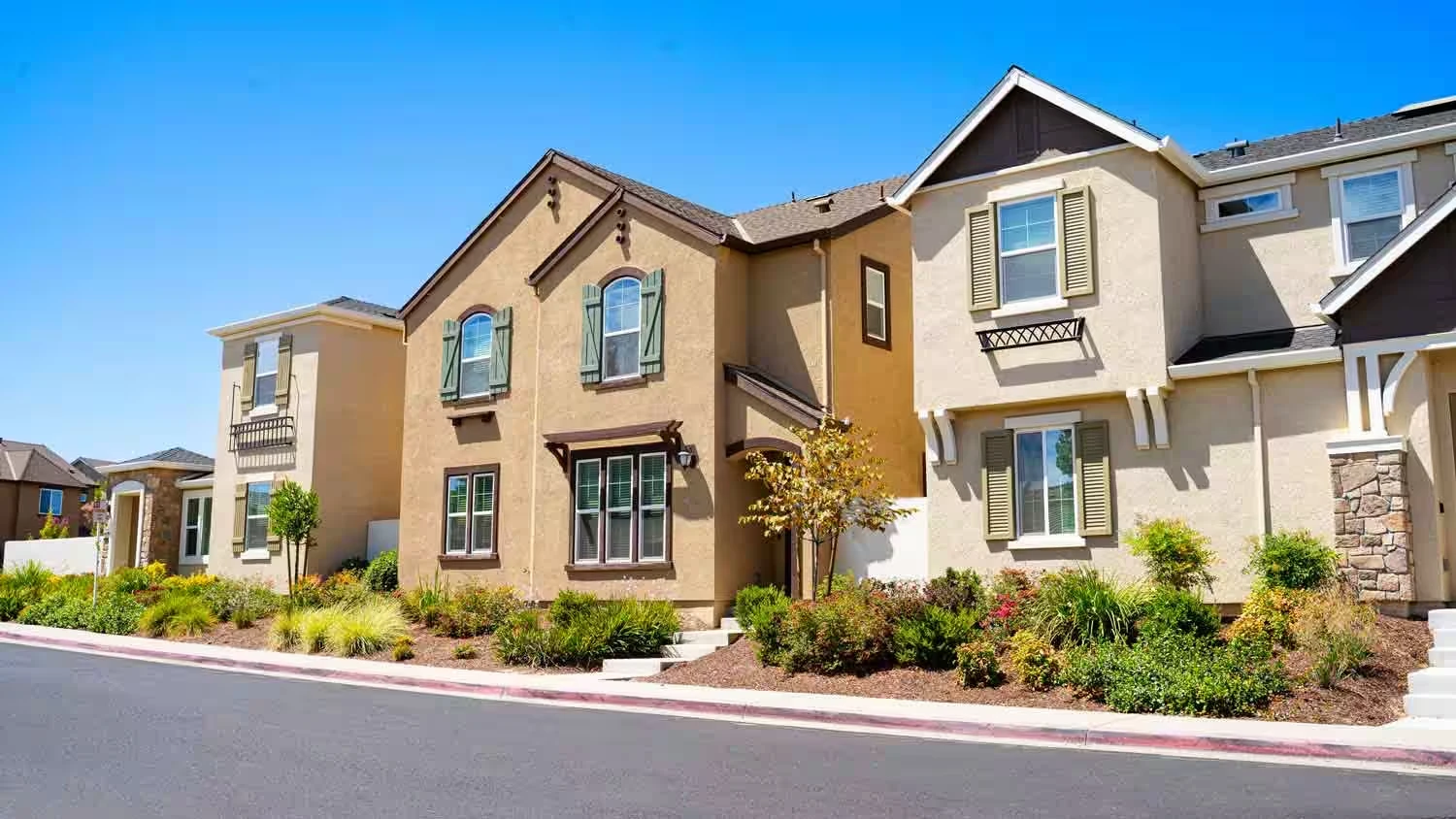How do professionals ensure the effectiveness of an earthquake retrofit
Professionals ensure the effectiveness of an earthquake retrofit by conducting a thorough assessment of your home’s structure and identifying its vulnerabilities. They then use proven techniques, such as foundation bolting, cripple wall bracing, and reinforcing connections between the roof and walls, to enhance the building’s seismic resilience. By following established guidelines and using high-quality materials, professionals can significantly improve your home’s ability to withstand an earthquake.
What is the process for retrofitting a home for earthquake safety
The process of retrofitting a home for earthquake safety begins with a detailed inspection by a structural engineer or a qualified retrofitting professional. They will assess the foundation, walls, and connections between different parts of the house to identify areas that need reinforcement. Based on this assessment, they will develop a customized retrofitting plan, which may include foundation bolting, adding steel plates, or reinforcing cripple walls.
The retrofitting work itself typically involves installing these reinforcements to strengthen the structure. This can include bolting the house to its foundation, reinforcing the walls to prevent them from collapsing, and ensuring that the roof is securely attached to the walls. The entire process is aimed at reducing the risk of damage during an earthquake and can usually be completed within a few days to a few weeks, depending on the size and complexity of the project.
What are the long-term benefits of earthquake retrofitting
The long-term benefits of earthquake retrofitting extend beyond just the immediate safety of your home and family. A retrofitted home is better protected against the destructive forces of an earthquake, significantly reducing the likelihood of severe structural damage or total collapse. This not only safeguards your investment in your property but also provides peace of mind knowing that your home is resilient against seismic activity.
Additionally, many insurance companies offer lower premiums for homes that have been retrofitted, as they are considered lower risk. Retrofitting can also increase your home’s market value, as buyers in earthquake-prone areas often look for properties that have been reinforced for safety. Ultimately, earthquake retrofitting is a proactive measure that protects your home, reduces potential repair costs after an earthquake, and enhances your overall sense of security.
FAQs
How do I know if my home needs earthquake retrofitting?
Homes built before the 1980s, particularly those with raised foundations or unreinforced masonry, are typically more vulnerable to earthquakes and may benefit from retrofitting. A professional inspection can determine whether your home needs this upgrade.
What is the difference between foundation bolting and cripple wall bracing?
Foundation bolting involves attaching the house securely to its foundation to prevent it from sliding during an earthquake. Cripple wall bracing reinforces the short walls between the foundation and the floor to prevent them from collapsing. Both are common retrofitting techniques used to improve a home’s earthquake resilience.
How long does earthquake retrofitting take?
The duration of an earthquake retrofit project depends on the size of the home and the extent of the work required. On average, retrofitting can take anywhere from a few days to several weeks. A professional contractor can provide a more accurate timeline based on your specific situation.
Is earthquake retrofitting covered by homeowners insurance?
Generally, earthquake retrofitting is not covered by standard homeowners insurance. However, some insurance companies may offer discounts on earthquake insurance premiums for homes that have been retrofitted. It’s best to check with your insurance provider for details.
Can earthquake retrofitting be done on my own, or should I hire a professional?
While some minor retrofitting tasks can be DIY, most earthquake retrofitting projects require professional expertise. Hiring a licensed contractor ensures that the work is done correctly, up to code, and with the necessary permits, providing you with the best protection during an earthquake.






